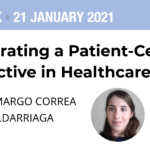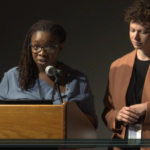
Intelligences
Designing Virtual Primary Care: Desire or Dread? How Structural Forces Shape the Anticipation of Futures
Dhanabir Sharma • 0 Comments




An EPIC Talk with and , A Piece of Pie [s2If current_user_can(access_s2member_level1)] Approx 80 min [/s2If] [s2If !is_user_logged_in()] Please sign in or become an EPIC Member to access video. [/s2If] [s2If current_user_is(subscriber)] Become an EPIC Member to access video. Learn More. [/s2If] Overview Ongoing digital transitions, punctuated by erratic responses to the COVID pandemic, are…


